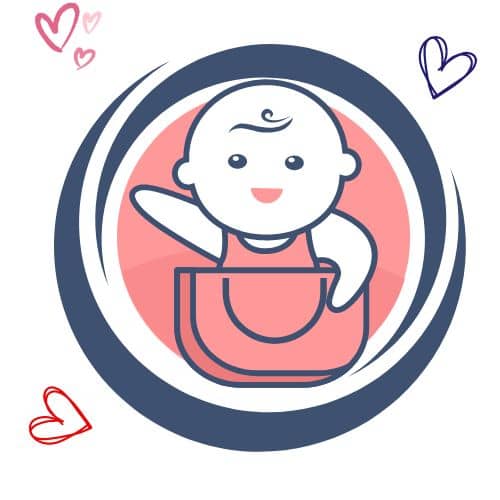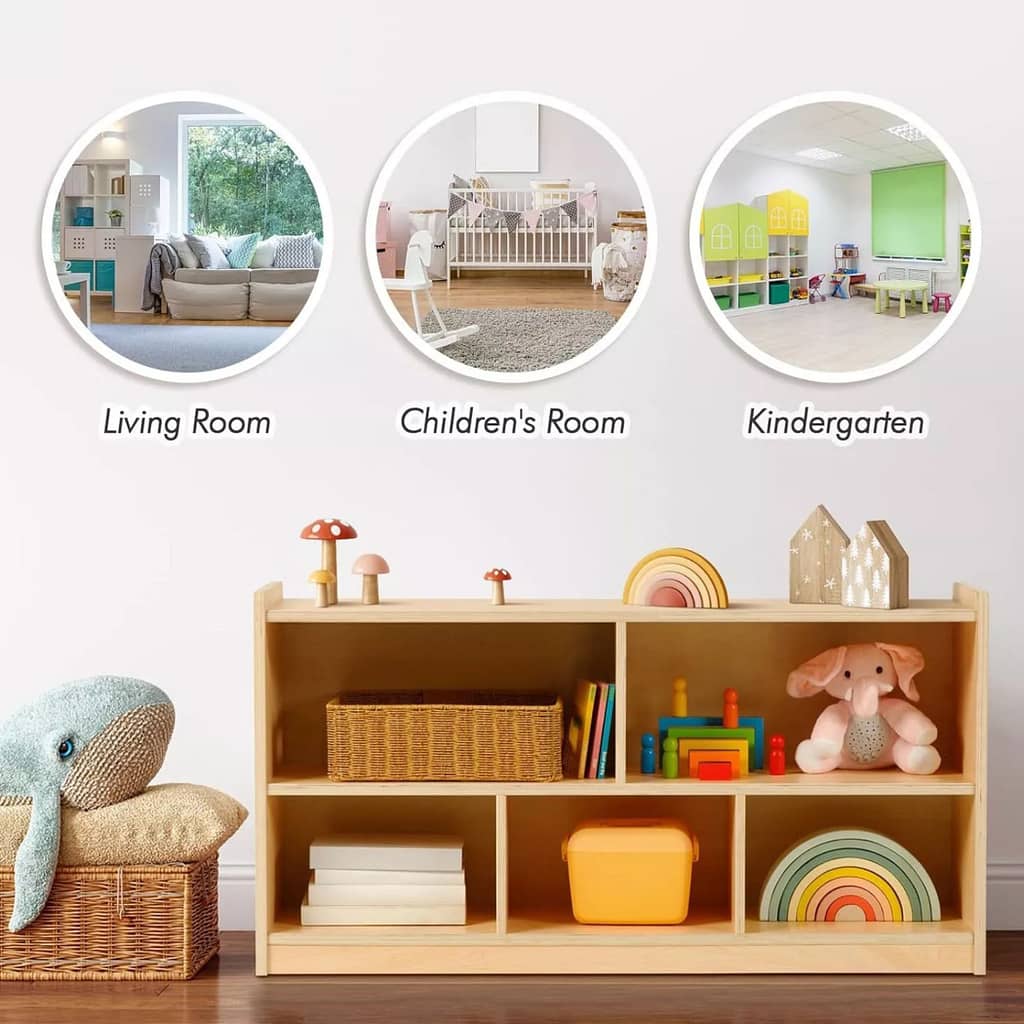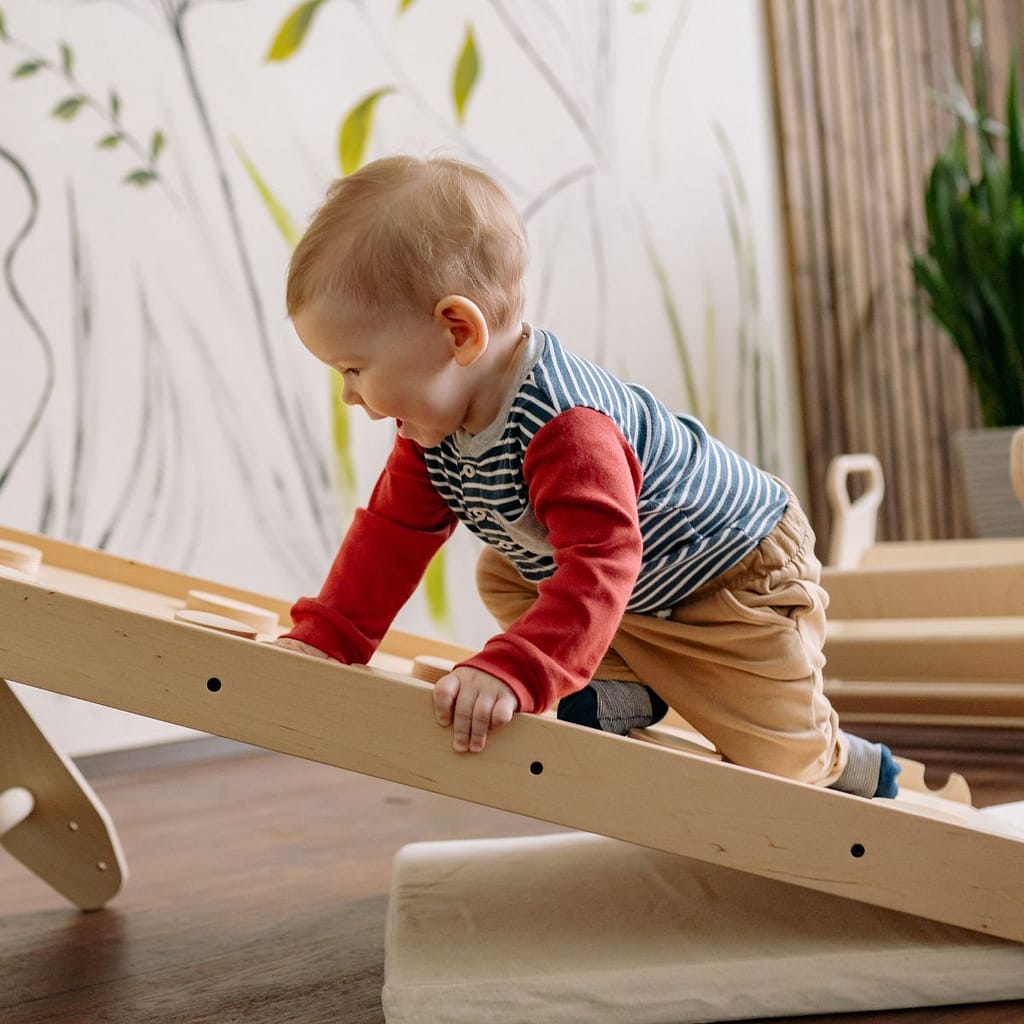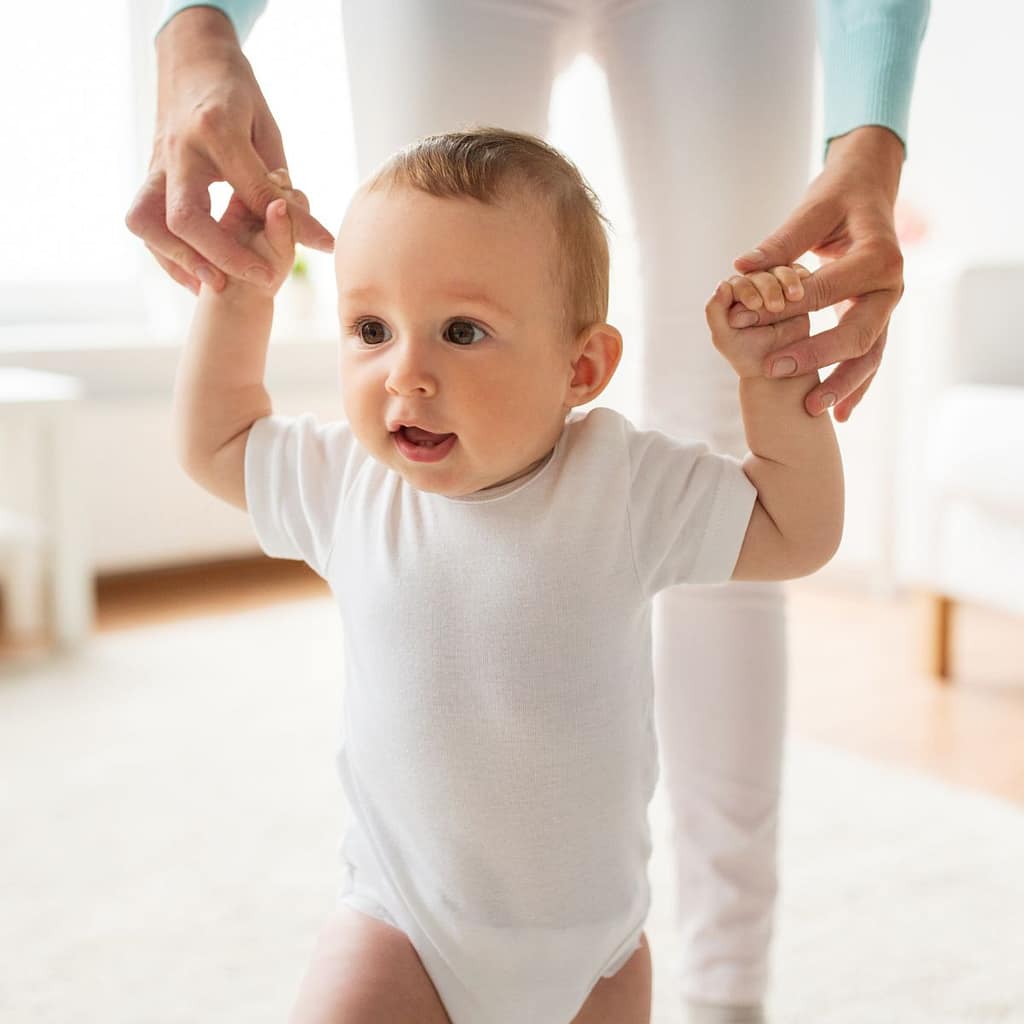Baby sensory development begins the moment your little one enters the world—through every touch, sound, and glance. It’s a magical part of the journey of parenthood—watching your baby grow through each milestone by month while nurturing their developing brain. This blog explores how each of your baby’s senses grows during the early months—and how thoughtfully chosen tools from Abbys Nest baby essentials can support those developmental stages with confidence and care.
Quick Guide to This Article: Looking for something specific? Use this guide to jump to the section you need:
- Vision Development: Unlocking Baby’s Sight and Curiosity
- Hearing Development: Tuning into the World of Sounds
- Smell & Taste: Scent and Flavor Foundations in Infancy
- Touch Development: Building Bonds Through Gentle Contact
- Body Awareness: Supporting Balance and Movement Early On
- Conclusion: The Heart of Sensory Growth
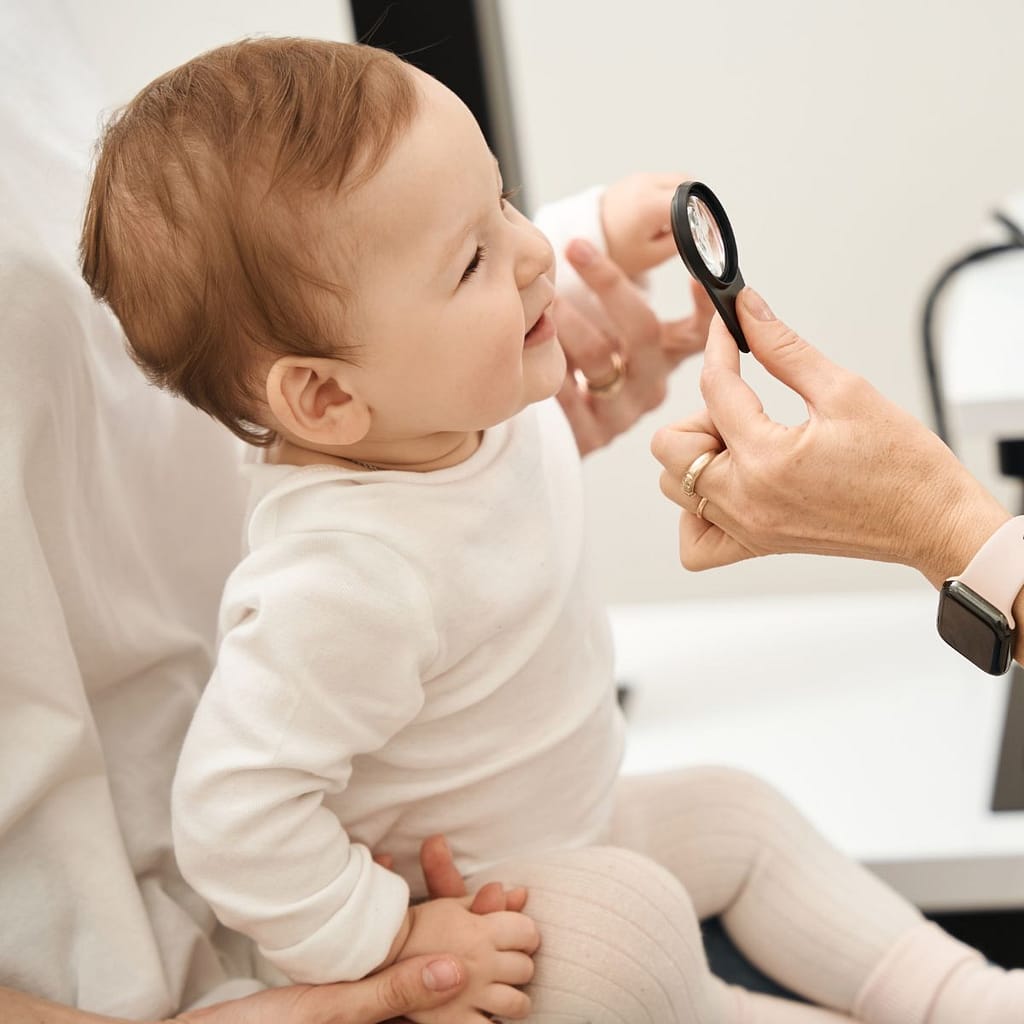
Vision Development: Unlocking Baby’s Sight and Curiosity
One of the first things I noticed as a new parent was how my baby’s eyes slowly began tracking my face. Those tiny, curious eyes are working hard behind the scenes! In the early stages of newborn sensory development, your baby’s sight starts out blurry. But don’t worry—within the first few months, their ability to recognize patterns and movement grows fast.
0-3 month sensory milestones often include following faces, responding to light, and beginning to distinguish contrast. This is where high-contrast toys, soft sound toys, and baby play mats for sensory stimulation come in handy. These tools not only help with visual tracking but stimulate sight, sound, and motor skills all at once.
Simple ways to support this growth? Use DIY sensory play ideas for babies at home like black-and-white cards or patterned cloth. Place them in baby’s line of sight during tummy time for extra visual engagement. And always follow your baby’s cues—some days they’re all eyes, other days they just want snuggles.
Supporting Products
- High-contrast sensory books for babies Shop this on Amazon 🛒🅰️
- Sensory toys for newborns🛒🅰️
- Baby play mats for sensory stimulation🛒🅰️

Hearing Development: Tuning into the World of Sounds
Let’s talk about those sweet coos and startles. Babies begin recognizing sound patterns from the womb, but hearing development continues rapidly through the first three months. Encouraging sound exploration helps form baby brain connections that lay the foundation for speech, language, and emotional bonding.
Baby sensory activities like singing softly, shaking a soft texture baby rattle, or whispering nearby help stimulate auditory pathways. They also build strong parent-child connections. Watching your baby react to familiar voices and sounds is one of the most rewarding parts of parenting—seriously, it melts your heart.
Worried about signs of sensory development delay in babies? If your baby isn’t reacting to loud noises or doesn’t calm when you speak, that may be something to bring up at your next check-up.
Supporting Products

Smell & Taste: Scent and Flavor Foundations in Infancy
Believe it or not, your newborn has a powerful sense of smell right out of the gate! They can recognize your scent within days, which helps with parent bonding through sensory play. During breastfeeding or bottle-feeding, babies start forming associations with taste, smell, and comfort.
Sensory development in infants also includes preferences in flavors and soothing smells—think vanilla-scented lotion or the warm smell of their blanket. Keeping sensory input soft and pleasant supports calmness and familiarity.
You can offer early learning moments by describing smells and flavors to your baby during feeding or bath time. These small routines offer massive developmental support and open up early learning through play.
Recommended Products:
- Aveeno Baby Calming Comfort Bath & Lotion Set 🛒🅰️
- Nuby Silicone Teethe-eez Teether 🛒🅰️
- Scented Lovey 🛒🅰️

Touch Development: Building Bonds Through Gentle Contact
Touch is everything in the early months. It’s how your baby knows they are safe, loved, and connected. From skin-to-skin snuggles to textured blankets and sensory mats, your baby’s sense of touch shapes not only their brain but their sense of the world.
Best sensory activities for 3-month-old baby include massage, swaddling, and play with different textures. These activities strengthen motor skills and sensory growth while calming your baby through routine and rhythm.
Using a baby mat for sensory play adds a gentle layer of exploration, especially when paired with soft texture baby rattles and sensory balls for infants. Add soft music in the background and you’ve got a perfect moment for stimulating baby’s senses in a loving, natural way.
Recommended Products:
- Baby play mats for sensory stimulation 🛒🅰️
- Soft texture baby rattles 🛒🅰️
- Sensory toys for newborns 🛒🅰️

Body Awareness: Supporting Balance and Movement Early On
This is one of those lesser-known sensory systems, but wow—it’s important. Proprioception and the vestibular system help babies understand where their bodies are in space. It’s the core of balance, coordination, and movement, and it starts forming with everyday activities like tummy time and rocking.
Tummy time sensory benefits include not just muscle building but spatial awareness. That’s why incorporating sensory play for babies with movement—rocking chairs, gentle bouncing, baby carriers—helps them build that inner map.
Add in some DIY sensory play ideas for babies at home using soft pillows or textured mats. You’re helping them explore their body’s limits while also giving their nervous system the sensory input it craves.
Top Picks:
- Baby Einstein Flip For Art High Contrast 🛒🅰️
- Itzy Ritzy Sensory Tummy Time Toy 🛒🅰️
- Baby Play Mat – Thick Baby Mat for Floor 🛒🅰️
Conclusion: The Heart of Sensory Growth
Every day with your baby is full of moments that fuel their development. Through vision, hearing, smell, taste, touch, and movement, your baby is building the brain connections they’ll use for life.
By including simple baby stimulation activities and creating a nurturing space with non-toxic baby sensory toys, you’re offering comfort, growth, and joy all in one go. Keep following your instincts, offer loving presence, and trust that even the smallest moments matter.
Final Thoughts: Nourishing Development Through Connection
Supporting baby sensory development month by month doesn’t have to be complicated. Use tools like baby play mats, soft sound toys, and a loving voice. Mix in sensory play ideas without toys and keep bonding front and center. You’ve got this, mama.
